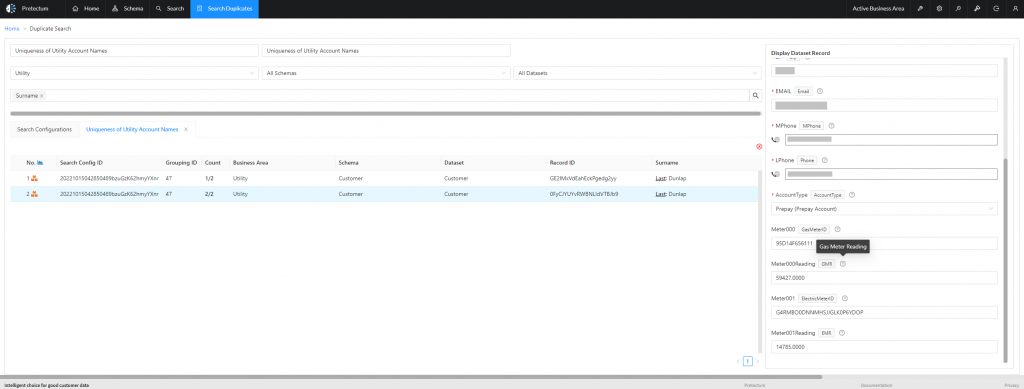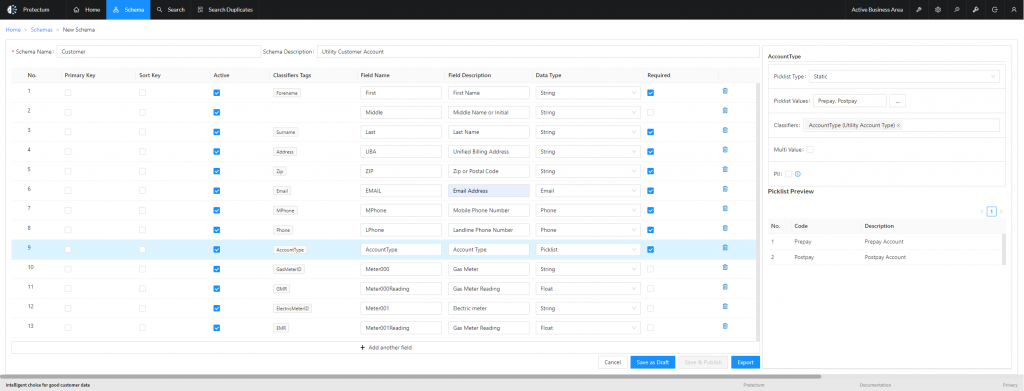In a saturated telecoms market, fixed-line carriers have a hard position. They are fighting battles on many fronts, trying to displace newcomers competing with the mobile carriers and in some countries even suffering piggyback fixed-line phone carriers that are emerging thanks to deregulation and the dismantling of legacy governmental phone carrier service mandates and monopolies.
The winners in this fight are going to be those carriers who bring compelling propositions to their customer base that are relevant and competitively priced. Mobile is estimated to have reached 8.65 billion subscriptions while fixed lines sit at around 884 Million accompanied by about 1.3Bn broadband subscriptions.
The situation for all carriers is now exacerbated by another emergent, namely MVNOs.
Mobile Virtual Network Operators (MVNOs) are now more commonplace and growing in both their domestic and commercial client base and also in terms of the sophistication of their offerings.
MVNO subscriber bases grow as a result of heavily discounted and even subsidized tariffs for new customers and low fixed fees accompanied by relatively low operational overheads due to the presence of existing wireless and fixed-line networks.
The combo offers from MVNOs include SIM-free subscriptions and pay-as-you-go models accompanied by offers of broadband, TV, insurance and utilities. For the consumer, it’s a great opportunity to benefit from lower prices for what are now largely considered commodity services. With social media bundles, data sharing bundles, and multi-service bundles telecom operators are having a tough time competing on the old terms of reliability, responsiveness and tariff.
The plethora of VoIP services offered by social media networks and others are also outgunning the telecom operators who would have previously harvested a significant amount of revenue from long-distance and peak-hour call rates.
What are the existing carriers to do?
It is important to understand a couple of important things about the modern consumer. Firstly, research suggests that more than half (62%) prefer human contact in customer support but that roughly the same number (67%) automatically expect there to be access to digital channels.
Responsiveness matters, and most importantly the people who engage with them need to demonstrate knowledge and competency (69%). For call centre operators this comes as no surprise, the most successful agents are those that consistently attain high-performance standards, are empathic to customers’ concerns and have good comprehension and understanding – customer history must be known or readily accessible and of course, associates must be welcoming, approachable and friendly.
Telcos are generally viewed as losing touch with their existing customer base and failing to evolve with the needs of busy, demanding and digitally oriented customers. Even customer priorities are changing – timeliness and efficiency in performing transactions are now simply table stakes.
Customers want all their service options and current obligations to be simple to explore, use and pay for. Consumers are looking for a digital-first experience – one that allows them to navigate seamlessly between online and offline channels with personalization in attendance all the way.
Your organization doesn’t need to be a ‘high-tech’ Silicon Valley startup to benefit from innovative technologies that get you closer to your customers, having a digital company mindset is simply a mode of operations. The main focus has to be how your business interacts, transact and enacts its business through digital channels.
Taking electronic payments, ordering, self-service line portfolio changes, checking inventory, checking appointment slots and line availability could be done with a service representative on a call, old school style but if you enable self-service you not only free up manpower you empower the customer. If you’re still using mailing lists, courier delivery services or have an electronic loyalty card do your POS devices or cash registers in physical retail or service stores log transactions that provide you with a unified view and understanding of the customer? Very often, we at Pretectum have seen that the relationship between systems is disconnected and disjointed leading to confusion about the customer and the customer relationship.
Wholly digital companies have set the new standard for personalized, simple and digital experiences, and customers expect the same from telecom providers.
Nearly every business runs parallel activities through digital channels if you are not you are falling behind. If your organization, as a telecom operator is not doing exactly the same you will see churn and stagnant growth. You have the subscriber base, and you have the data, why aren’t you making better use of it?
The Pretectum SaaS-based Customer Master Data Management platform supports telecom operators in deriving a single view of the customer record with as much complexity or simplicity as circumstances demand. Reach out to us today, to find out how we can help your telecom business remain relevant to your subscriber base.





